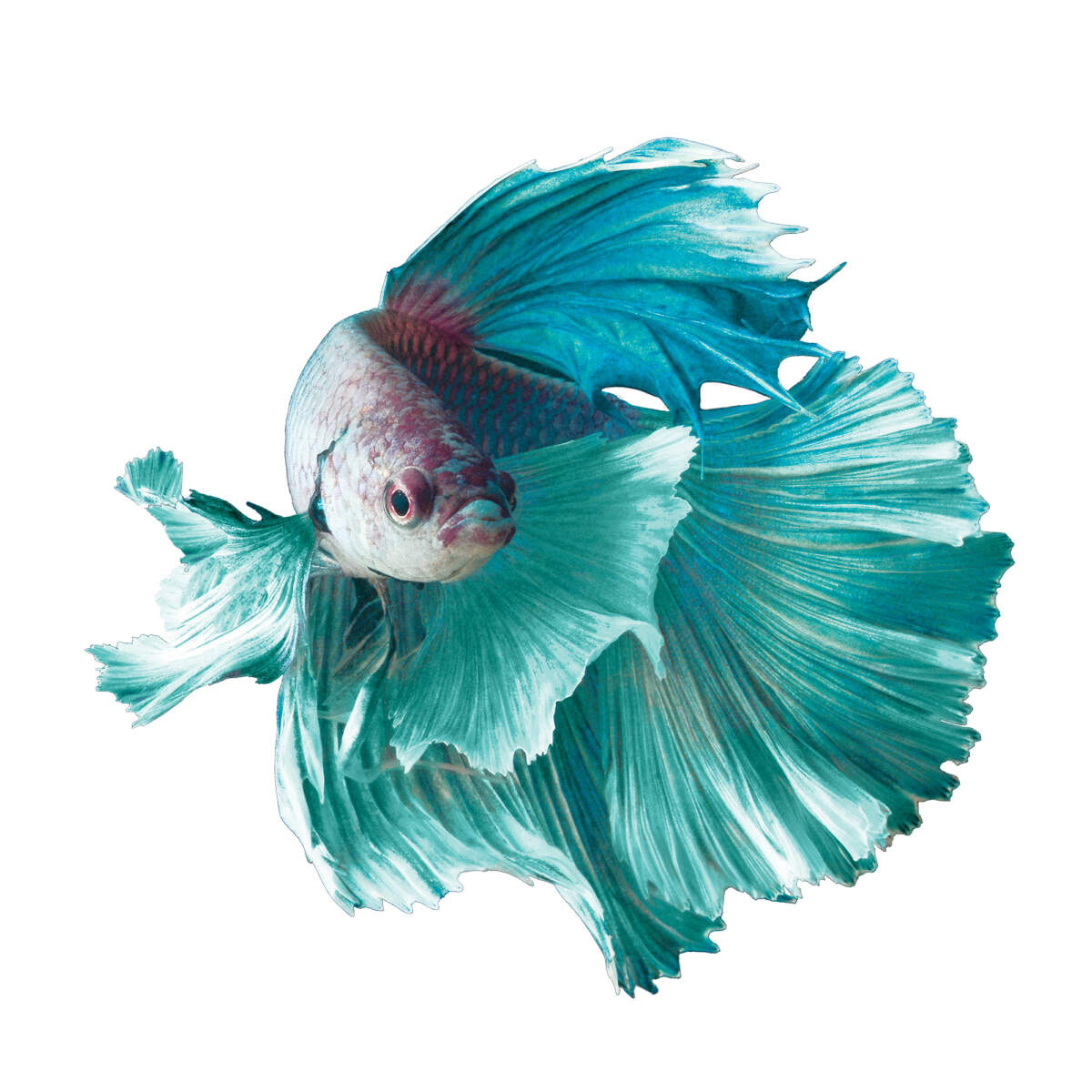Betta Fish Tank Arrangement: A Step-by-Step Guide for Beginners
Betta Fish Tank Arrangement: A Step-by-Step Guide for Beginners
Blog Article
Breeding Betta Fish: a Comprehensive Step-By-Step Guide to Successfully Raising Child Bettas From Eggs to Adulthood
Breeding Betta fish is a meticulous endeavor that requires cautious preparation and execution to ensure the effective growth of fry from eggs to grow fish. As the male Betta carefully constructs a bubble nest and guards the valuable eggs, the subsequent stages of care and shift demand attention to detail and expertise of best methods.

Picking Reproduction Pairs
When embarking on the journey of reproducing Betta fish, picking the ideal breeding sets is essential to attaining desirable traits and a healthy and balanced lineage - betta fish. The primary step in this procedure is to identify the details characteristics you desire to improve or protect, such as color, fin kind, and body form. It is necessary to pick genetically varied sets to prevent inbreeding, which can bring about health and wellness concerns and unwanted attributes
Assess possible breeding prospects very carefully. A healthy male Betta ought to display dynamic shades, an active temperament, and well-formed fins, while the woman needs to likewise display dynamic pigmentation and a rounded tummy, suggesting readiness for spawning. Observing the character of both fish is important, as hostile or extremely timid individuals might not reproduce effectively.
Keeping documents of the moms and dad fish's origins can aid you track hereditary attributes and prospective concerns. Ultimately, investing time in the option process will significantly enhance the probability of producing strong, vivid children that fulfill your breeding goals.

Preparing the Reproduction Container
Creating an ideal breeding setting is a vital action after picking ideal pairs for Betta fish. The reproduction storage tank need to be specifically created to provide convenience and boost the all-natural reproduction habits of the fish. Start with a tank dimension of a minimum of 10 gallons to guarantee appropriate room for both the man and female Bettas.
Maintain a gentle purification system to maintain the water clean while avoiding strong currents that can stress the fish. In addition, an air stone can be included in supply oxygenation without disrupting the water surface excessive.
Temperature law is vital; goal for a steady series of 78-82 ° F(25-28 ° C) making use of a dependable heating unit. The pH degree need to be kept in between 6.5 and 7.5, and routine water modifications are essential to make sure high water top quality.
Include floating plants or spawning sponges to produce concealing areas for the lady, while likewise encouraging bubble nest structure by the male - betta fish. Make sure the tank is totally free from sharp decorations and any possible hazards, as the welfare of the fish should always be prioritized during this vital phase of breeding.
The Breeding Process
Usually, the reproducing process for Betta fish includes a series of distinct and observable habits that indicate readiness for reproduction. The male Betta i was reading this begins by building a bubble nest at the water's surface area, which works as a website for the fed eggs. This nest is crucial, as it provides a secure setting for the eggs till they hatch out.
When the nest is established, the man will certainly present courtship habits, such as flaring his fins and displaying lively colors to attract the female. The lady, upon sensing the man's preparedness, will respond by presenting upright stripes along her body, signaling her receptiveness.
The fertilized eggs then fall to the bubble nest, where the male meticulously collects and returns them to the nest. Following this, the male assumes duty for safeguarding the nest and guaranteeing the safety and security of the eggs up until they hatch out, commonly within 24-36 hours.
Caring for Betta Fry
Caring for Betta fry needs mindful interest to their environment and nourishment to make certain healthy growth and advancement. After hatching out, Betta fry are exceptionally small and prone, requiring a secure and clean habitat.
Feeding Betta fry is similarly important. Feed them tiny quantities a number of times a day, being mindful not to overfeed, which can lead to water high quality issues.
Transitioning to Adult Bettas
As Betta fry fully grown, transitioning them to adult Bettas is a crucial stage that calls for mindful management of their environment and social interactions. This process normally begins when the fry get to around six weeks old, whereupon they can be slowly introduced to a much more structured living setting.
To facilitate this shift, it is necessary to guarantee that the water parameters-- such as temperature level, pH, and ammonia levels-- are optimum and secure. Adult Betta fish flourish in warm water (around 78-80 ° F) with a pH of 6.5 to 7.5. Slowly adjust the fry to these conditions to decrease stress and anxiety.
Social communications are one more key variable; man Bettas are notoriously territorial and aggressive. It is a good idea to different men into private storage tanks as they grow. Female Bettas can be housed together, yet treatment must be taken to keep track of for indications of aggression.
Additionally, nutritional changes need to this link be made as the fry grow. Integrate top quality pellets and live foods to support their growth and health and wellness. By taking care of these factors effectively, Website you can promote a successful change to adulthood for your Betta fish.

Verdict
Effective breeding of Betta fish needs careful focus to information throughout the entire procedure, from picking genetically diverse pairs to supplying optimum care for fry. Additionally, a balanced diet regimen and steady adjustment to adult settings are critical for the development and growth of Betta fish.
Report this page